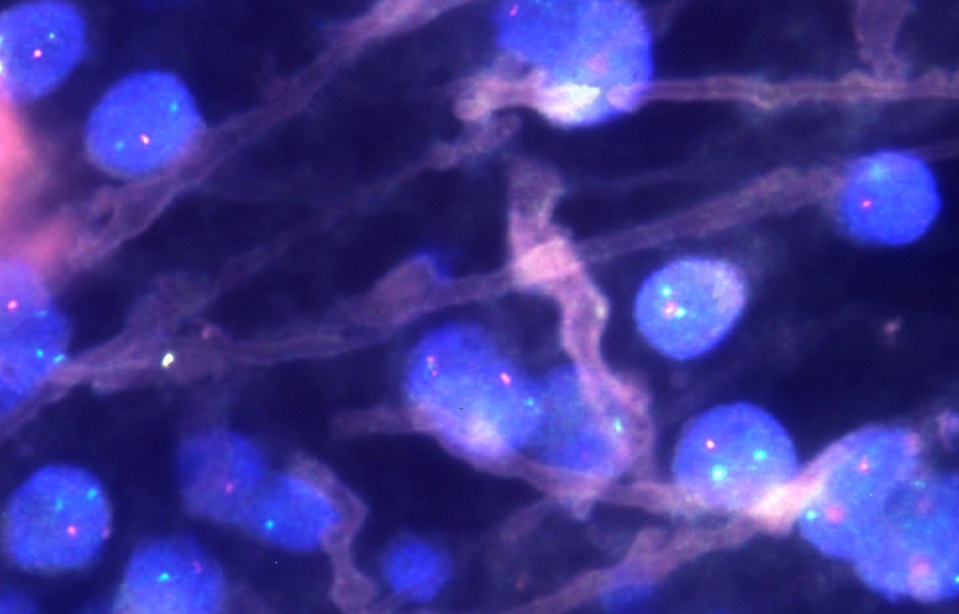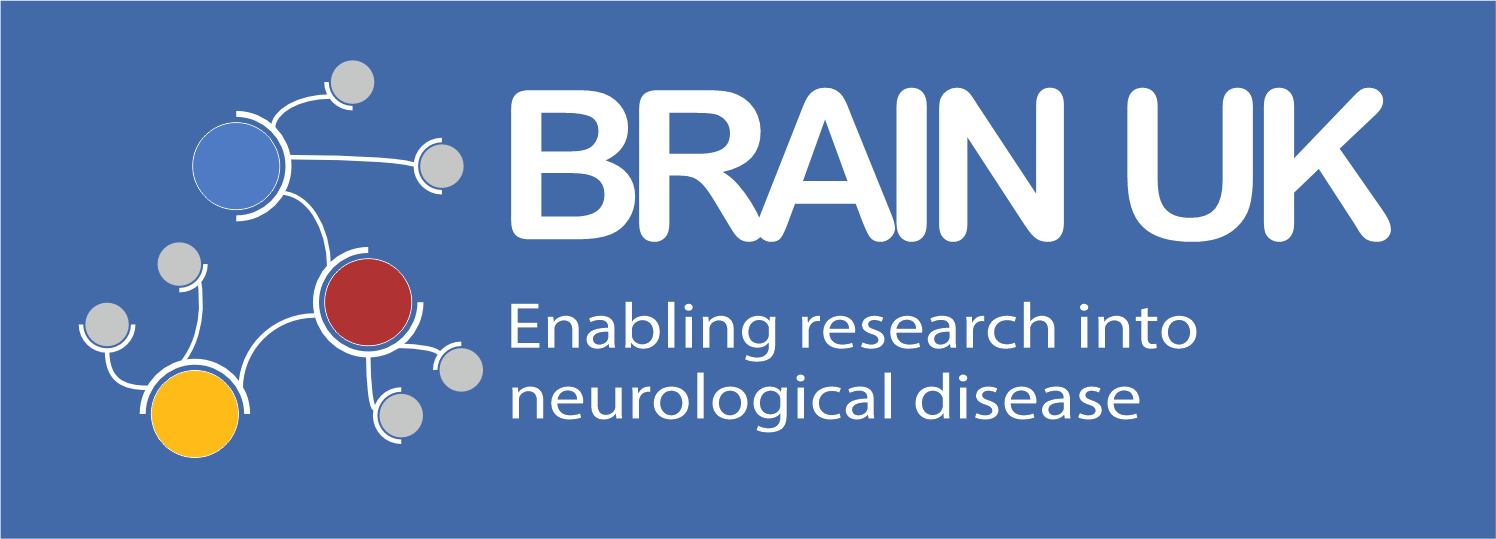
Brain UK study ref: 25/002,
Lay summary,
Project status: Active
Mechanisms of Neurotoxicity in Childhood Cancer
Prof Olaf Ansorge and Claire Lewis, University of Oxford
We propose to study the effects of radiation and chemotherapy on the developing human brain. This is an important topic, of increasing concern to young people with cancer, their families, and doctors. The developing brain is very sensitive to toxicity, which may cause persistent disabilities of learning or mental health. Radiation therapy may even cause new damage, such as malformed blood vessels or secondary cancers. As more children survive their primary cancers, improved management of these unwanted side effects will be necessary. Surprisingly, we do not know how these side effects arise in specific cells of the brain: this is what this study aims to find out.
The project will focus on two related objectives: (a) To understand the pathological signature of radiation or chemotherapy in healthy nerve cells and blood vessels; (b) To understand what effect these therapies had on the cancer cells that survived. Both aims will be studied by the same technologies; these include microscopy, laser capture dissection, cell sorting and genetic analysis. We will select specific cell types for analysis, as we believe that the pattern of cellular damage will differ between brain cells. We expect to find most changes in the DNA of the cells, which we will uncover with two complementary approaches: one will look for DNA variants with a panel of 500 known genes, the other, called Oxford nanopore sequencing, will investigate all aspects of DNA damage. In those cases where tumour cells have survived therapy, or a new cancer has arisen because of therapy, we will use the described techniques to compare how the tumour cells that survived the toxic therapy compare to the original tumours. We will analyse the data in relation to matching cells that have never been exposed to therapy, either from within the same brain (we know which areas were not irradiated), or in cells from young individuals who died of unrelated causes.
We will create the first comprehensive dataset on the vulnerabilities of healthy human brain cells to radiation or chemotherapy. This will be fundamental to our understanding of how delayed neurological effects of therapies in children with cancer arise, which may point towards strategies to mitigate them.
